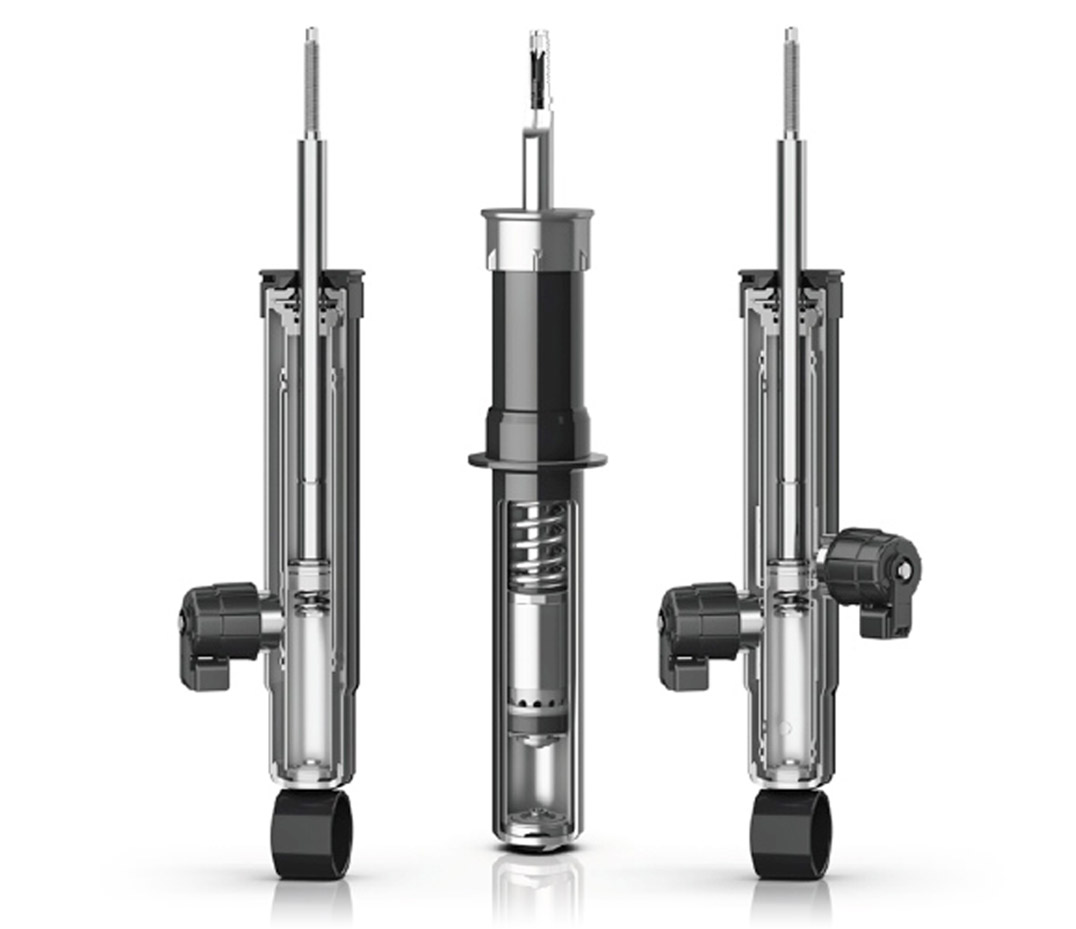AAA weekly
2020-01-06
Copyright FOURIN, Inc. 2025
New Suspensions Adopt High-response Continuously-variable Lightweight Dampers
As variable-damping shock absorbers are becoming more widespread, chassis manufacturers are working on the development of high reaction and continuous variable damping technology as the next step in damper development. Companies also attach great importance to reducing the weight of the damper to improve fuel consumption and vehicle mobility.
With the development of dampers, manufacturers are developing technologies that can flexibly respond to all road conditions through the advancement of variable damping functions. In addition to improving handling stability and ride quality, which are directly linked to the competitiveness of the product, their use is also taken into consideration for future autonomous driving.
ZF offers a lineup of Sensitive Damping Control (SDC), which is a variable damper that is sensitive to suspension movement. Using coil springs and two valves, SDC can handle a wide range of vibrations such as minute vibrations and high-speed strokes without electronic control. In the latest model, the coil spring was eliminated and the system was made more compact by using valves, leaf springs and friction seals.
As a technology that responds flexibly to road surface conditions, ZF also is proposing an electronically-controlled continuously-variable damping technology that controls the damper’s oil flow width with an electromagnetic valve based on vehicle information. Dampers are available with both external and built-in control valves, making them compatible with various vehicle types. Hitachi Automotive Systems also offers a lineup of electronically-controlled continuously-variable dampers. The damper of Hitachi Automotive Systems has a built-in valve, making it more compact and increasing its degree of freedom of installation.
Companies are also focusing on weight reduction of the suspension in parallel with improving damping performance. In 2018, Hitachi Automotive Systems commercialized a shock absorber that was made 15% lighter by making the base shell aluminum. Showa is also developing lightweight dampers that use aluminum and plastic for commercialization in 2020. Aluminum is used for the case and resin is used for the coil spring sheet, reducing weight by 20%.


